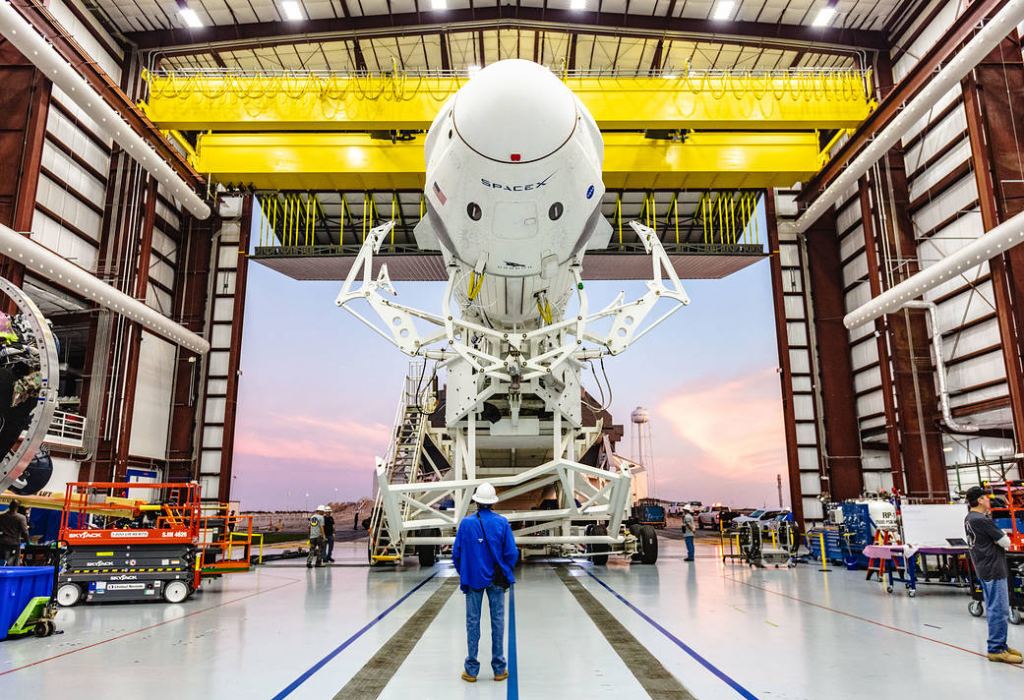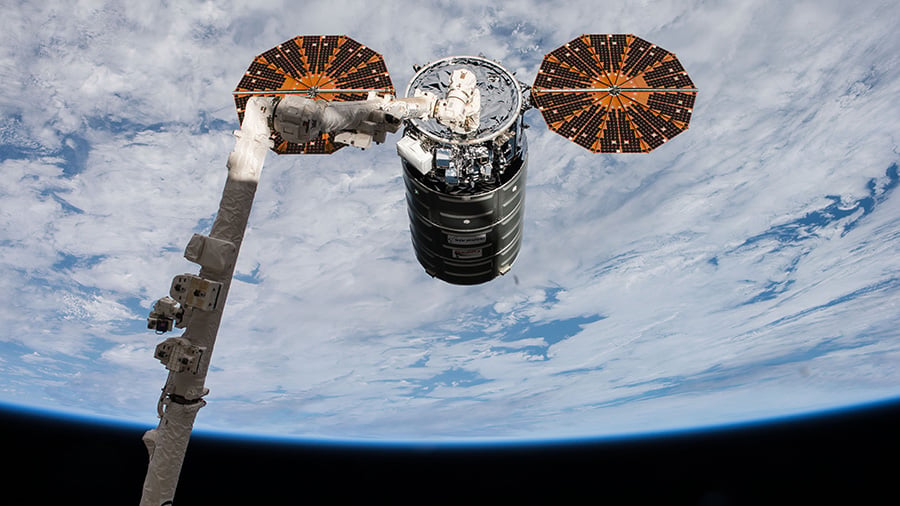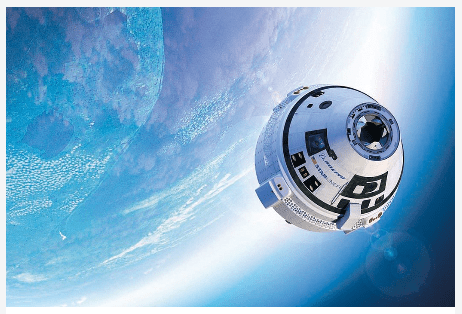NASA has announced that the SpaceX Crew Dragon capsule is ready for its first demo flight. After discussions with SpaceX, both NASA and Elon Musk's private space company determined that it was time for Dragon to fly. The date for the flight is March 2nd.
The first flight will be un-crewed, and will travel to the International Space Station (ISS). It will launch on Saturday March 2nd, at 2:48 AM, from Launch Complex 39A at NASA's Kennedy Space Center in Florida.
In case you haven't been paying much attention, this is big news. It marks the first time that a commercially built, American rocket and spacecraft with crew capabilities will be flown to the ISS. And though this demo flight will be without crew, it won't be long until the Crew Dragon carries astronauts to the Station.
It also means that all the partner nations of the ISS won't have to rely on the aging Soyuz system as the only way to transfer astronauts to and from the ISS.
In preparation for the flight, crew members currently onboard the ISS spent some time familiarizing with Crew Dragon operations. According to NASA, they used a computer-based training system to familiarize themselves with the spacecraft systems, docking procedures, ingress operations, changes to emergency responses, and spacecraft departure.
The Crew Dragon will be launched with the SpaceX Falcon 9 rocket. After about ten minutes of flight, the capsule will reach its preliminary orbit. It will dock with the ISS on Sunday, March 3 at 6:05 a.m. EST. Crew Dragon will stay docked to the station for about five days.
It's carrying about 400 pounds of equipment and supplies to the station, and on its return trip to Earth it will bring back some critical research samples. Once the capsule leaves the ISS, on March 8th, it will take about five hours before it makes its de-orbit turn. Then it will take about 30 minutes to re-enter the atmosphere, where it will use parachutes to splash-down in the ocean.
The Crew Dragon is part of an overall partnership between NASA and private American space companies. Since the Space Shuttle program ended, ISS partners have relied on the Russian Soyuz spacecraft to travel to and from the ISS. The Dragon un-crewed supply capsule has been travelling to and from the station since 2012, and the Northrop-Grumman Cygnus spacecraft has been re-supplying the ISS since 2014. .
Recently, NASA also chose Sierra Nevada Corporation's Dream Chaser spacecraft for re-supply missions to the ISS. It won't deliver crew, but it will deliver equipment, supplies, and research and technology experiments to the Station between 2019 and 2024. Another NASA partner is Boeing, whose Starliner spacecraft will also transport crews to and from the ISS. The Starliner is notable because it will land on solid-ground, rather than splash down in the ocean.
NASA TV will be streaming full coverage of this historic mission.
 Universe Today
Universe Today



